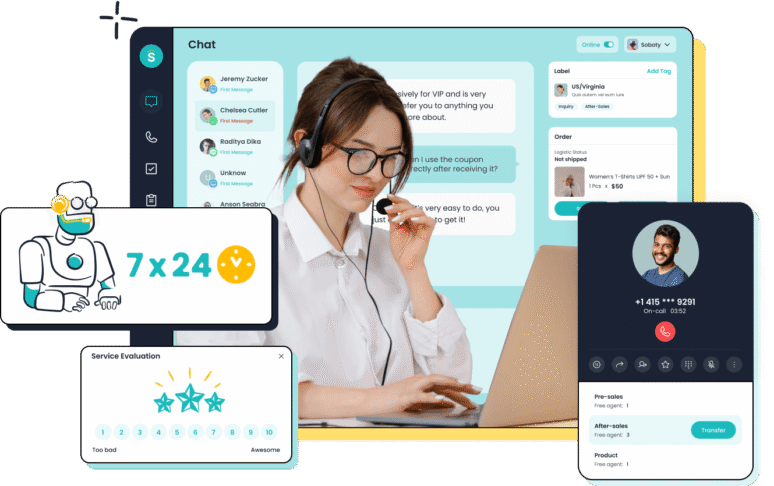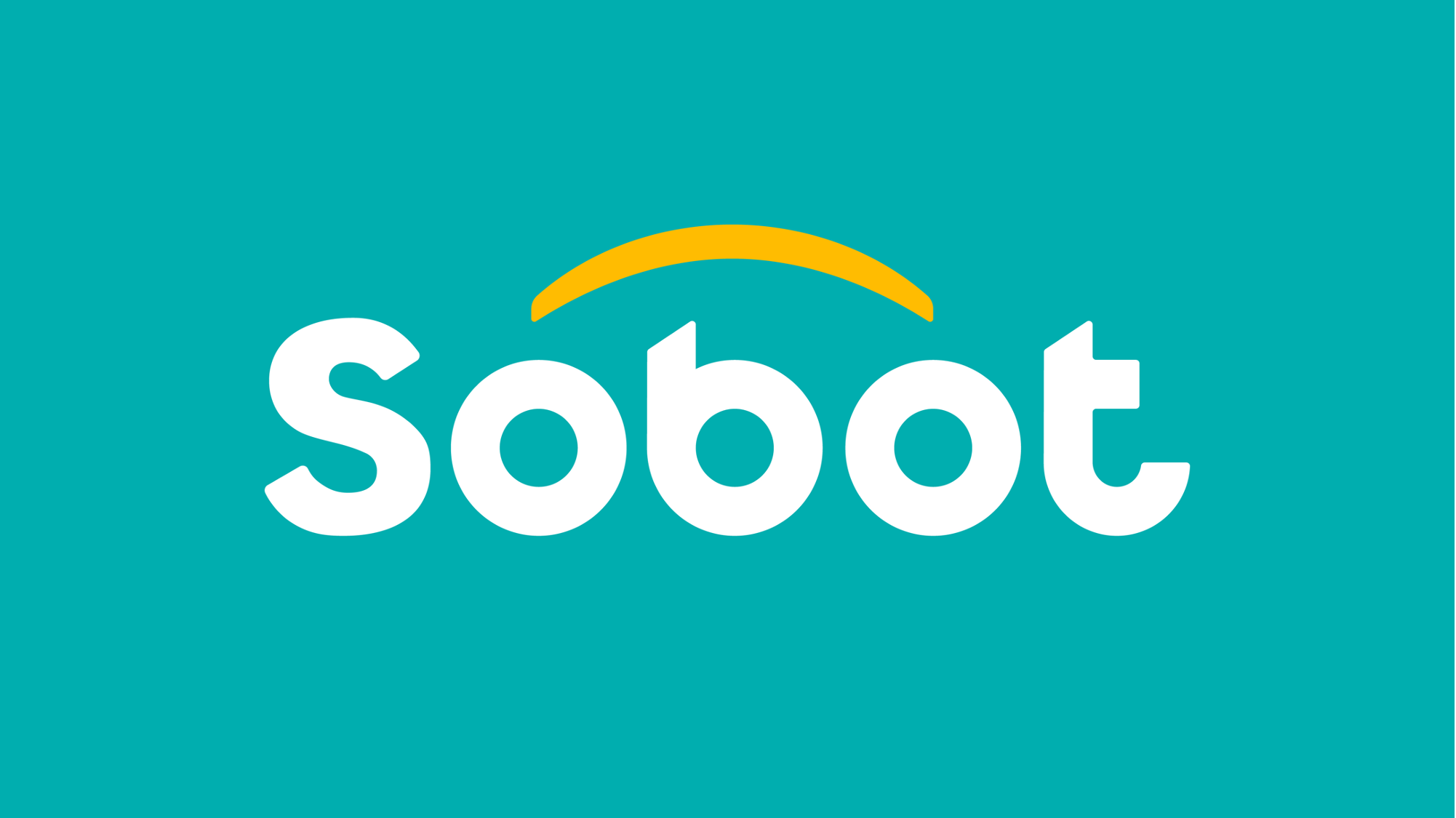In an era where customer experience defines business success, call center software has become an essential tool for managing communications effectively. While many companies opt to buy ready-made solutions, some consider building custom call center software to tailor it to their unique needs. But how do you build call center software? This article outlines the key steps and considerations involved in developing an efficient and scalable call center software solution.
Define Your Objectives and Requirements
Before starting development, clearly define what you want your call center software to achieve. Identify the core functions necessary for your business—whether it’s handling inbound calls, outbound campaigns, omnichannel support, or CRM integration. Determine the number of agents, expected call volumes, and the communication channels you want to support. Having a detailed requirements list ensures your software meets operational goals.
Key Features to Include
Building call center software involves integrating several essential features:
- Automatic Call Distribution (ACD)
This feature automatically routes incoming calls to the best-suited agents based on skills, availability, or priority. It’s vital for balancing workloads and improving customer response times.
- Interactive Voice Response (IVR)
An IVR system lets customers interact with a computerized menu to self-serve or get routed to the correct department. Implementing a flexible IVR enhances customer experience by reducing wait times.
- Call Recording and Monitoring
Recording calls allows for quality control and training. Supervisors can also monitor live calls to provide real-time support or feedback to agents.
- Omnichannel Communication
Modern call centers manage calls, emails, chats, SMS, and social media messages. Your software should unify these channels in one dashboard for seamless handling.
- CRM Integration
Connecting your call center software to a CRM platform ensures agents have access to customer history and data, enabling personalized and effective service.
- Reporting and Analytics
Incorporate dashboards and reports to track performance metrics like call duration, wait times, agent productivity, and customer satisfaction. These insights help optimize operations.
Choose the Right Technology Stack
Selecting the proper technology stack is crucial for building reliable and scalable call center software. Consider using cloud-based services for flexibility and easier maintenance. Telephony APIs like Twilio or Nexmo provide voice and messaging infrastructure. For the backend, languages like Java, Python, or Node.js are popular choices, while frontend frameworks like React or Angular can create responsive user interfaces.
Design User-Friendly Interfaces
Both agents and supervisors should have intuitive, easy-to-navigate interfaces. Focus on simplicity and accessibility to reduce training time and improve productivity. Real-time dashboards and alerts help supervisors manage performance effectively.
Ensure Security and Compliance
Call centers handle sensitive customer data, so your software must comply with regulations such as GDPR or HIPAA depending on your industry. Implement strong encryption, access controls, and data protection measures to secure customer information.
Test Thoroughly and Gather Feedback
Before launching, conduct rigorous testing including load testing, usability testing, and security assessments. Pilot your software with a small group of agents and gather feedback to refine features and fix bugs.

Conclusion
Building call center software requires careful planning, the right technology, and a clear focus on user needs and security. By including features like ACD, IVR, CRM integration, and analytics, you can develop a powerful tool that enhances customer service and operational efficiency.
If you prefer a proven, ready-made solution with comprehensive features and excellent support, consider Sobot. Sobot’s call center software offers omnichannel capabilities, intelligent automation, and seamless CRM integration to help businesses deliver superior customer experiences without the hassle of building from scratch.


